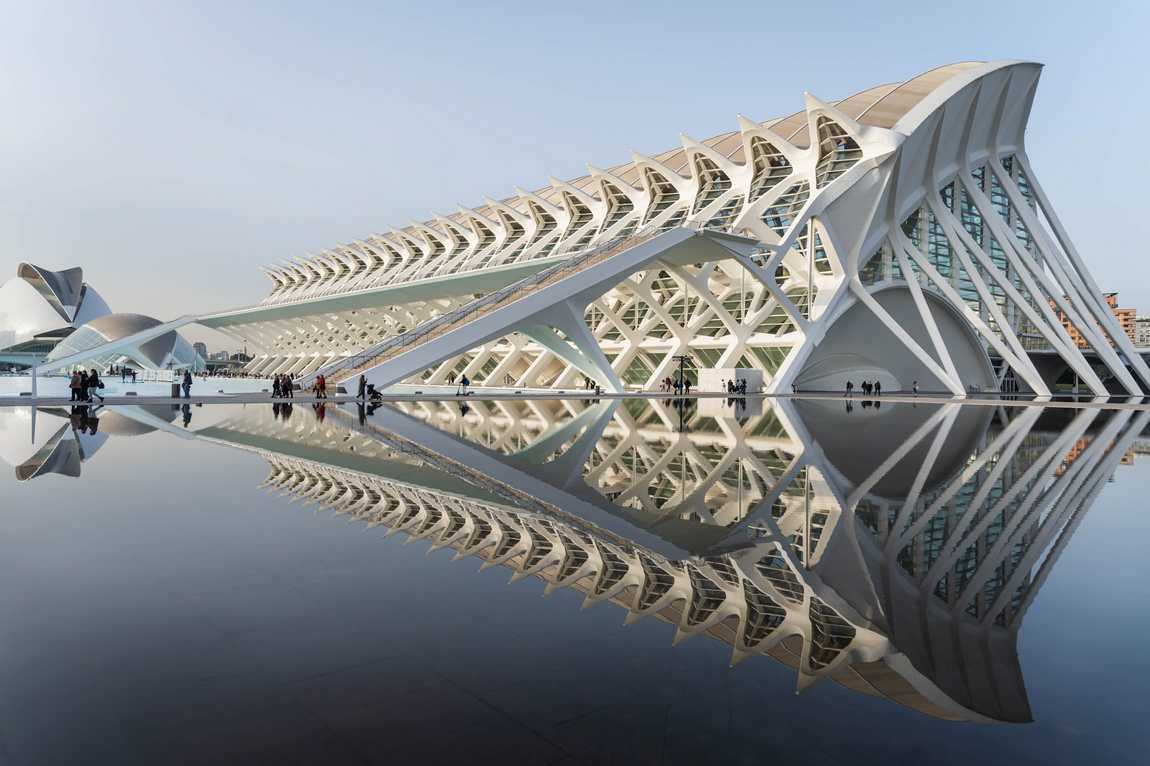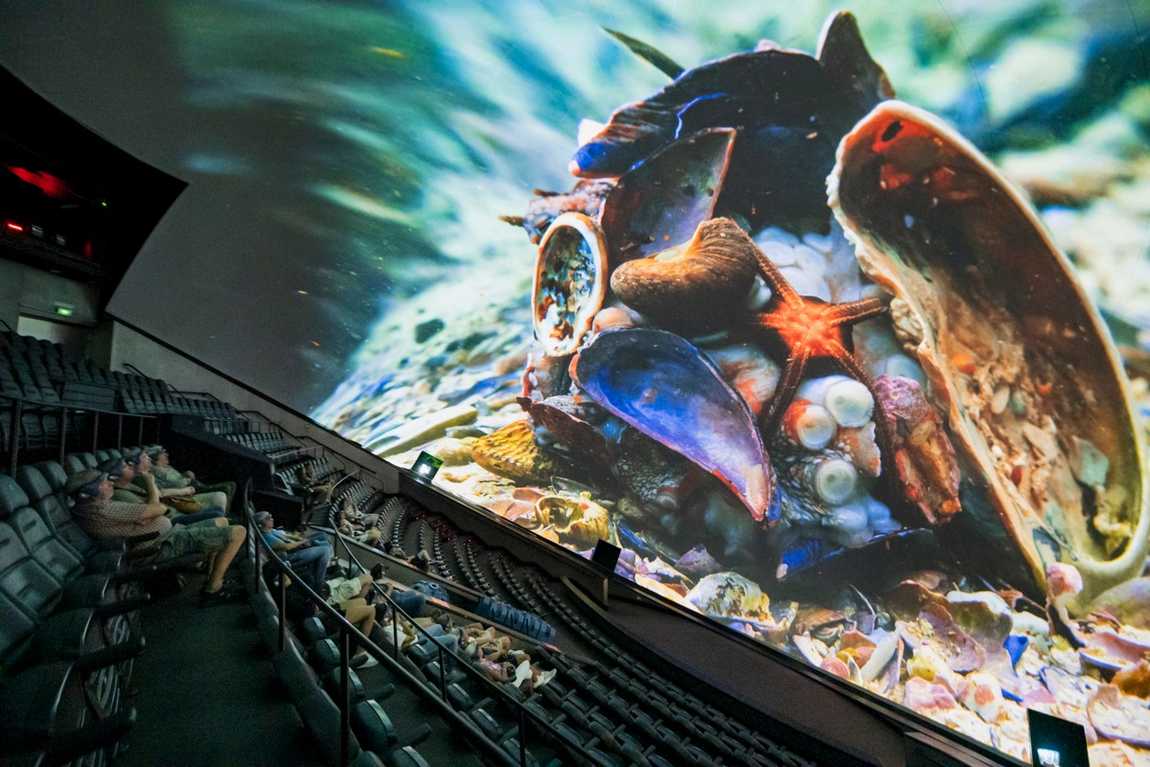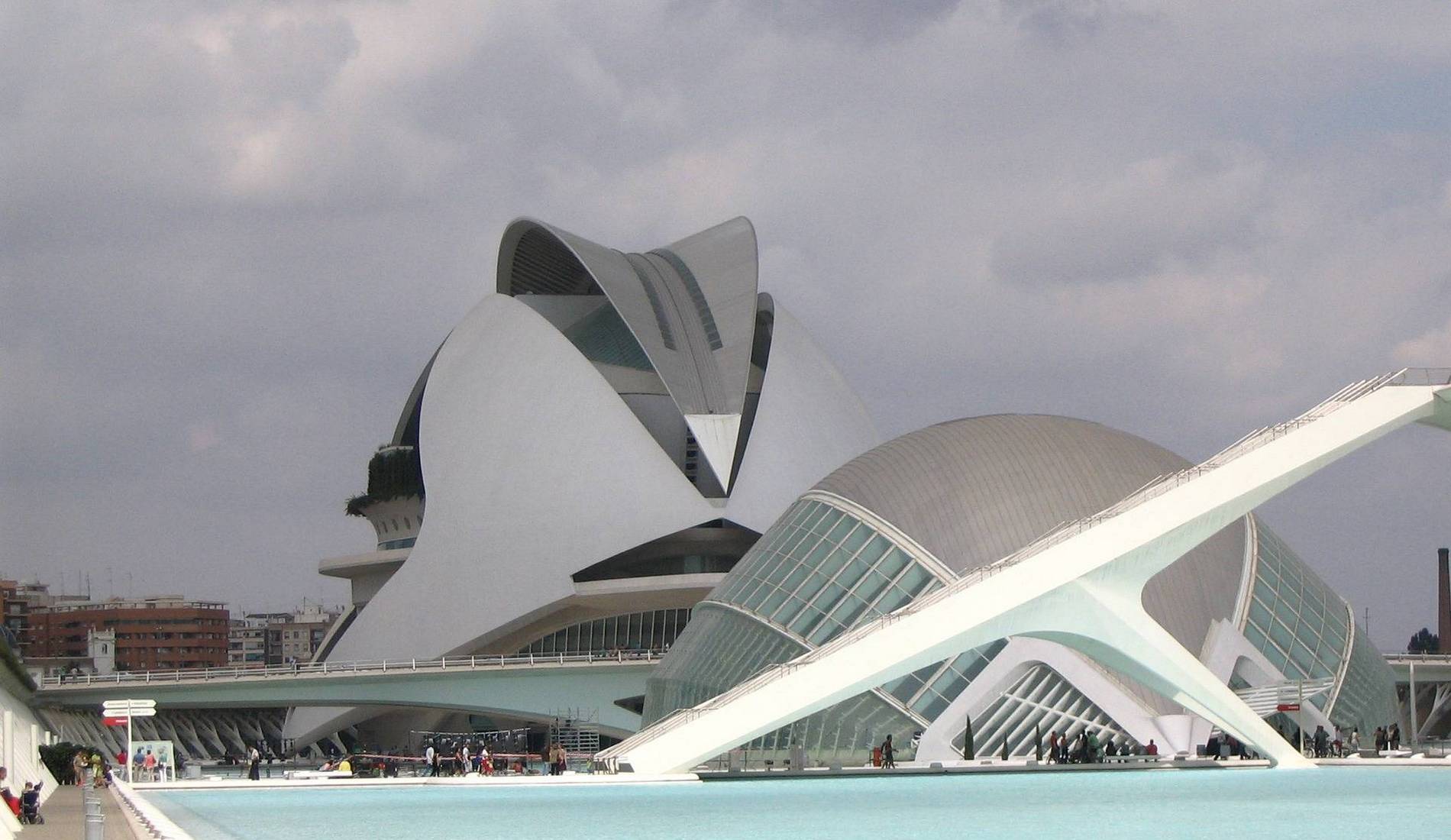There is usually little talk about architecture on children's tours. But just as you can't talk about Barcelona without mentioning Antoni Gaudi, the story of Valencia is bound to include the name Santiago Calatrava. He designed the futuristic City of Arts and Sciences in old Valencia. And we propose you look for an answer to the question: how do a stone flower and a whale skeleton affect the performance of schoolchildren?

First, you need to consider the unusual shape of the building, built in the dry bed of the Turia River. One resembles a giant fish's skeleton (a biotech architect borrows ideas from nature). This building houses the Prince Philip Science Museum. Its main task is to encourage children's natural curiosity and create a safe environment for exploring the world around them.
The halls are full of interactive exhibits that help to understand the laws of physics, chemistry, and biology. How to create a storm in a teacup? How to move an object with the power of thought? There are no laboratory works on this topic in schools — but such experiments can be carried out in a science museum. Even for children, this is not just a playground but a centre of investigation: imagine, kids can build with a construction set or splash in the water for a scientific purpose!
.jpg)
The water lily-shaped building in the Ciudad de las Artes y las Ciencias is Europe's largest Oceanogràfic Aquarium. Its collection includes 45 thousand inhabitants of the seas and oceans. Become brave explorers of the depths: warm and cold seas will open before your eyes, inhabited by mysterious, sometimes creepy, and sometimes dangerous creatures. In addition to fish, molluscs, echinoderms and crustaceans, the Oceanographic Park is home to sea lions, penguins and other birds whose life is connected to water. Having emerged from the depths, do not forget to visit the fantastic dolphin show (the Dolphinarium of the City holds the position of the largest dolphinarium in Europe).

And what does the building of the Hemisfèric IMAX cinema look like? To some, it resembles an eye; to others, it resembles an alien space module, and when the evening lights turn on, and the structure is reflected in the canal's water, it can be compared to a rainbow airship. But the main thing in it is not the form, but the content: it is a modern cinema with a domed screen diameter of 24 meters and an area of 900 square meters. The most exciting programs are devoted to astronomy. Thanks to the latest projection system, walking through the solar system and to more distant places in the universe is very realistic.

"Gladiator's helmet" is one of the unofficial names of the building of the Palace of Arts of Queen Sofia. It houses a stage for opera and ballet, a hall for the performance of small musical groups and a place for arts and crafts exhibitions. The palace program includes many famous works: the operas Aida, Macbeth, A Midsummer Night's Dream, and the ballet Don Quixote. Concert visits can be planned if you vacation in Valencia with older children.
Artificial channels and ponds surround the city of science and art in Valencia. And the Umbracle building resembles frozen jets of water. In this huge gazebo is a park of Mediterranean plants. But not only palm trees and orange trees have taken root under the openwork vaults of Umbracle. In the underground part of the Umbracle, there is parking for visitors to the City of Arts and Sciences of Valencia. The Garden of Astronomy is also located there — its exhibits will help children figure out how people observed celestial bodies in ancient times. And you will also be invited to the "Art Walk" — this is the name of the exhibition of modern sculpture in the open air.
The newest building in the city is Ágora. It is intended for sports competitions and other public events. Schoolchildren who carefully read the history of Ancient Greece will ask the question: why did the building get the name "Agora", which means "market square" in translation? And the answer is this: this building has a movable part that allows you to open or close the interior.
All the objects of the City of Science and Arts in Valencia, Spain, cannot be seen in one day — unless you limit yourself to a sightseeing walk and search for associations with Calatrava's creations. However, you can choose only the most interesting excursion for children.











